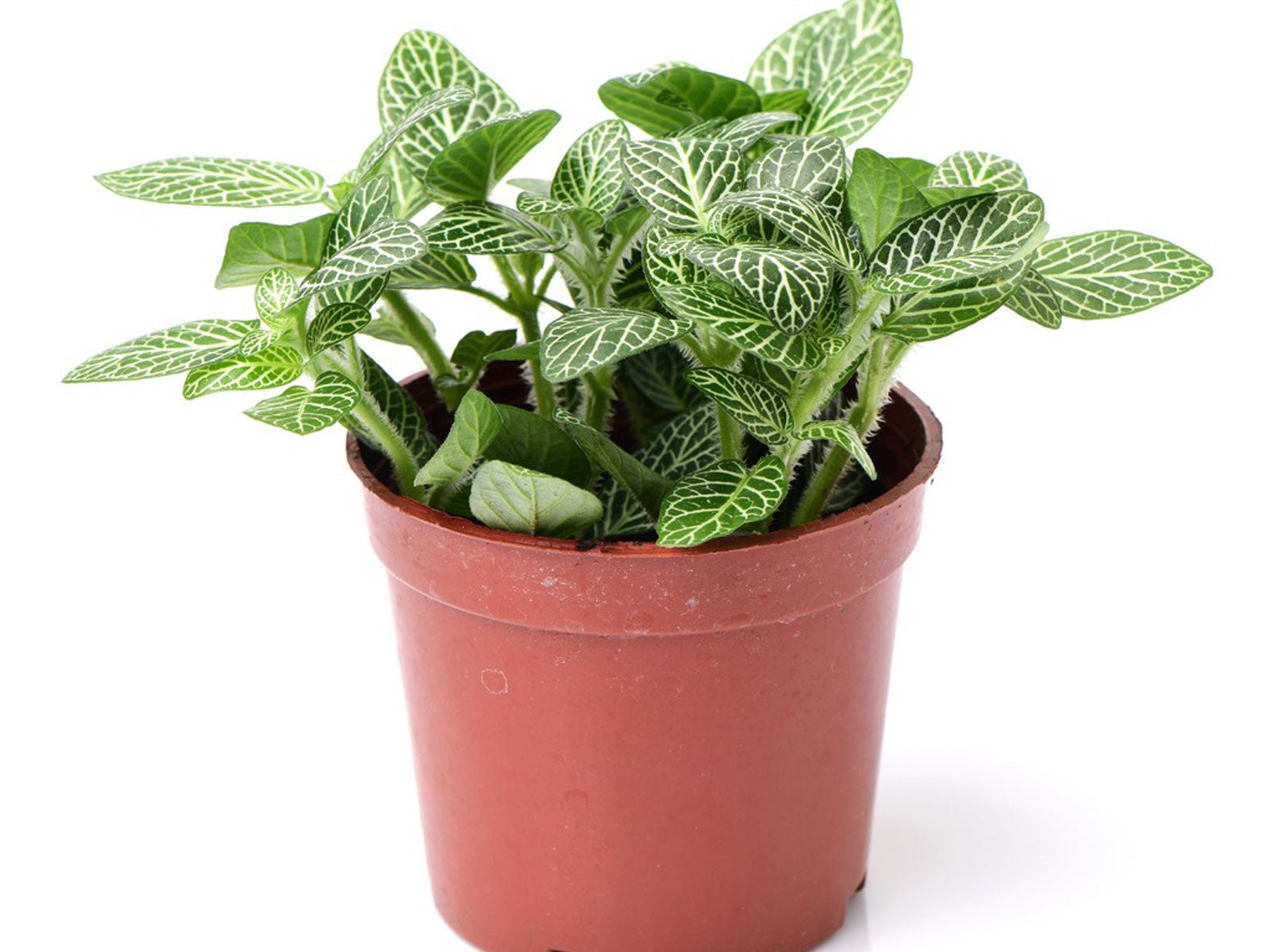
Fittonia Care: Beginner’s Guide To Growing Nerve Plants
The fittonia plant, also known as a nerve plant, is a spreading evergreen perennial with lightly veined leaves. A nerve plant is a beautiful but finicky houseplant that requires specific attention and care. This article will help you to learn about fittonia plant care.
Quick Facts
Botanical name: Fittonia albivenis
Height: 3-6 inches (8-30 cm)
Spread: 6-12 inches (15-30 cm)
Sun exposure: Part shade
Soil requirements: Peat-based potting soil, well-draining
Hardiness zones: 11-12
Sign up for the Gardening Know How newsletter today and receive a free copy of our e-book "How to Grow Delicious Tomatoes".
When to plant: Spring
About the Fittonia Plant
Nerve plants, as evergreen perennials with short root systems, can be used as container plants or in the right environment as a ground cover. The habit of fittonia plants is low-growing and creeping. These plants only grow to about 3-6 inches (8-30 cm) in height and about twice that wide.
A tropical evergreen, the nerve plant hails from the rainforests of South America, Columbia and Peru. The ovate green foliage is notable for its striking colored veins that are either a contrasting white or red/pink in color. The plant does bloom but the flowers are inconspicuous.
Fittonia Plant Care
Native to South America, this small perennial is persnickety regarding its care. It requires high humidity, burns easily in bright light and needs warm temperatures.
Light
Fittonia is very sensitive to light and will burn in full sun. In the wild, this tropical plant grows in the understory of bright but indirect sunlight under tree canopies.
As a houseplant, nerve plants need bright but indirect light, preferably near a north-facing window. A bathroom, even if there’s little light, is also a great place to grow nerve plants which will love the added humidity. It does well under fluorescent lighting.
Water
Fittonia needs to be consistently moist at all times. If it dries out even a little bit, it dramatically droops. However, it will immediately rebound when given a drink.
While the nerve plant likes consistent moisture, it does not like to be soaking wet. Overwatered nerve plants develop yellow, flaccid leaves.
Temperature and Humidity
Nerve plants are native to rainforests which means they love humidity. Humidity can be difficult to mimic in the home environment. MIsting the plant helps as does growing nerve plant in the bathroom.
Many people also grow nerve plants in terrariums or covered gardens to give them the humidity they need. As to temperature, nerve plants like it quite warm; from the low 60’s to 80’s (with 70 F just about perfect).
Soil
Because consistently moist but not sodden soil is so important to the nerve plant, the soil used should be a peat based potting medium. The soil should be water retentive but at the same time well-draining. Fittonia does best in a soil medium with a pH of 6.5, slightly acidic.
Fertilizer
Feed the plant a half-strength solution of liquid fertilizer for tropical plants (5-5-5) during the growing season.
Problems, Pests & Diseases
Overwatering can foster fungal diseases in Fittoria plants. The plants are also prone to leaf spot.
Their foliage can become burnt with exposure to direct sun.
Mealybugs, scale, spider mites, and slugs are sometimes pests of nerve plants however, the plant is generally pest-free.
Pruning and Propagating Nerve Plants
Given proper growing conditions, nerve plants can get a bit leggy. Pinch the tips of the leaves to create a bushier plant.
To propagate your nerve plant, take a stem cutting at an angle, including at least two nodes, in the late spring or early summer. Bury the cutting in a container filled with a peat based potting medium. Keep the soil moist. Roots should appear in about 2-3 weeks.
Repotting Nerve Plants
If your nerve plant needs to be repotted, select a slightly larger pot with drainage holes and repot in a peat-based potting soil in the spring or early summer.
Fittonia Varieties
The standout characteristic of nerve plants is their lovely veining. There are two groups of Fittonia, the Argyroneura group and the Verschaffeltii group. The first group features white veining while the second group has red or pink veining. Here are some favorites:
Argyroneura has leaves of deep green with silver/white veins.
Pearcei is also deep green but with reddish veins.
Frankie has light pink and green foliage.
Fortissimo has red and pink veins on green leaves
Red Star has bright pink/red veining.
See our Complete Guide to Houseplants

Amy Grant has been gardening for 30 years and writing for 15. A professional chef and caterer, Amy's area of expertise is culinary gardening.
